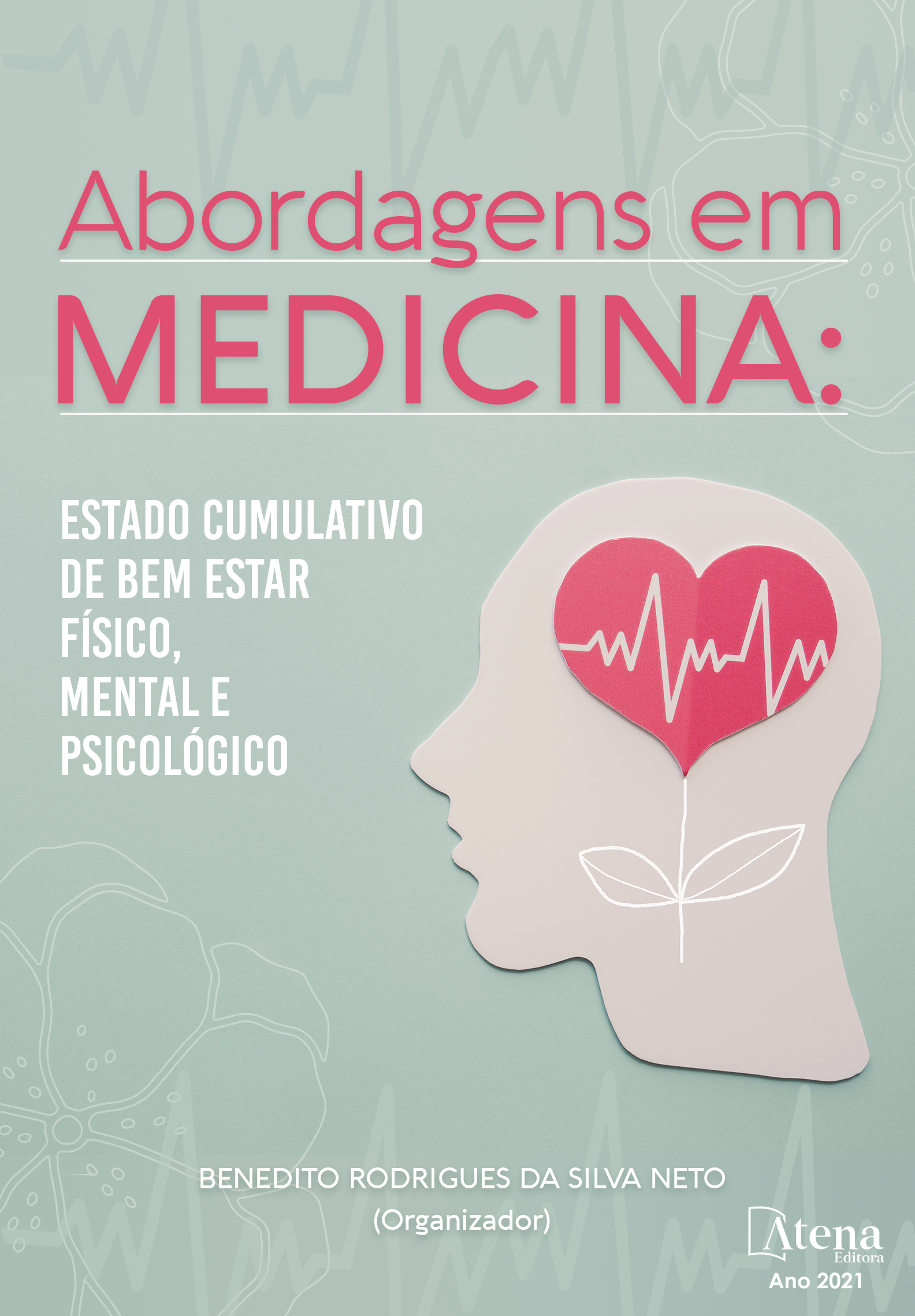
A RELAÇÃO ENTRE O SISTEMA RENINA-ANGIOTENSINA-ALDOSTERONA E O SISTEMA CALICREÍNA-CININA
Introdução: O Sistema Renina-Angiotensina-Aldosterona (SRAA) é composto por várias reações, culminando em aumento da pressão arterial sistêmica. Por uma série de estímulos, a renina converte o angiotensinogênio em angiotensina I (ANG I). A enzima conversora de angiotensina II (ECA ou cininase II) converte angiotensina I em angiotensina II (ANG II). A ANG II atua na vasoconstrição das arteríolas eferentes; no hipotálamo, aumentando a resposta cardiovascular; na liberação de ADH, na liberação de aldosterona, no aumento de sensação de sede e no aumento de retenção de sódio no néfron. Já o sistema calicreína-cinina atua na diminuição da pressão arterial. A calicreína serve primordialmente para conversão de substâncias vasodilatadoras, transformando cininogênio (como o bradicinogênio) em plasmacininas (como bradicininas e calidinas). Métodos: Foi feita uma revisão de literatura com busca por artigos científicos no Pubmed e Google Acadêmico. Utilizou-se os seguintes descritores para a busca: angiotensina, calicreína, cinina, cininogênio e renina. Foram incluídos trabalhos entre 2002 e 2014, somado ao uso de livros didáticos. Foram excluídos os que não tratavam do tema proposto, que foram julgados metodologicamente fracos, ou estavam fora do período estipulado. Resultados: Os dois sistemas são responsáveis pelo controle da pressão arterial. A ECA ou Cininase II, é responsável por converter ANG I em ANG II, a fim de que essa última cumpra seu papel fisiológico de aumento da pressão arterial. A ECA também está presente no SCC, degradando cininas inflamatórias restantes, para controlar o efeito vasodilatador da inflamação. Conclusões: Conclui-se que na via SRAA, a ECA que converte ANG I em ANG II também atua na inibição de cinina, bloqueando os produtos da vasodilatação. Ou seja, é um potencializador dos efeitos da angiotensina II. Mais estudos devem ser encorajados para efeito de conhecimento científico acerca da relação entre o SRAA e o SCC.
A RELAÇÃO ENTRE O SISTEMA RENINA-ANGIOTENSINA-ALDOSTERONA E O SISTEMA CALICREÍNA-CININA
-
DOI: 10.22533/at.ed.6972122112
-
Palavras-chave: Angiotensina; Calicreína; Cinina; Cininogênio; Renina
-
Keywords: Angiotensin; Kallikrein; Kinin; Kininogen; Renin
-
Abstract:
Introduction: The Renin-Angiotensin-Aldosterone System (RAAS) is composed of several reactions, culminating in an increase in systemic blood pressure. Through a series of stimuli, renin converts angiotensinogen into angiotensin I (ANG I). Angiotensin II converting enzyme (ACE or kininase II) converts angiotensin I to angiotensin II (ANG II). ANG II acts on vasoconstriction of efferent arterioles; in the hypothalamus, increasing the cardiovascular response; in the release of ADH, in the release of aldosterone, in the increase in the sensation of thirst and in the increase of sodium retention in the nephron. The kallikrein-kinin system acts to reduce blood pressure. Kallikrein serves primarily to convert vasodilating substances, transforming kininogen (such as bradycinogen) into plasmakinins (such as bradykinins and kallidins). Methods: A literature review was carried out with a search for scientific articles in Pubmed and Academic Google. The following descriptors were used for the search: angiotensin, kallikrein, kinin, kininogen and renin. Works between 2002 and 2014 were included, added to the use of textbooks. Those who did not deal with the proposed topic, who were considered methodologically weak, or who were outside the stipulated period were excluded. Results: Both systems are responsible for controlling blood pressure. ACE, or Kininase II, is responsible for converting ANG I into ANG II, so that the latter fulfills its physiological role of increasing blood pressure. ACE is also present in the SCC, degrading remaining inflammatory kinins to control the vasodilatory effect of inflammation. Conclusions: It is concluded that in the RAAS pathway, the ACE that converts ANG I to ANG II also acts in the inhibition of kinin, blocking the products of vasodilation. In other words, it enhances the effects of angiotensin II. More studies should be encouraged for the purpose of scientific knowledge about the relationship between the RAAS and the SCC.
-
Número de páginas: 15
- Kathlen Cristina da Silva
- Paola Lissa Inoue
- Beatriz Essenfelder Borges
- EDUARDA TREVISAN CERIGATTO


